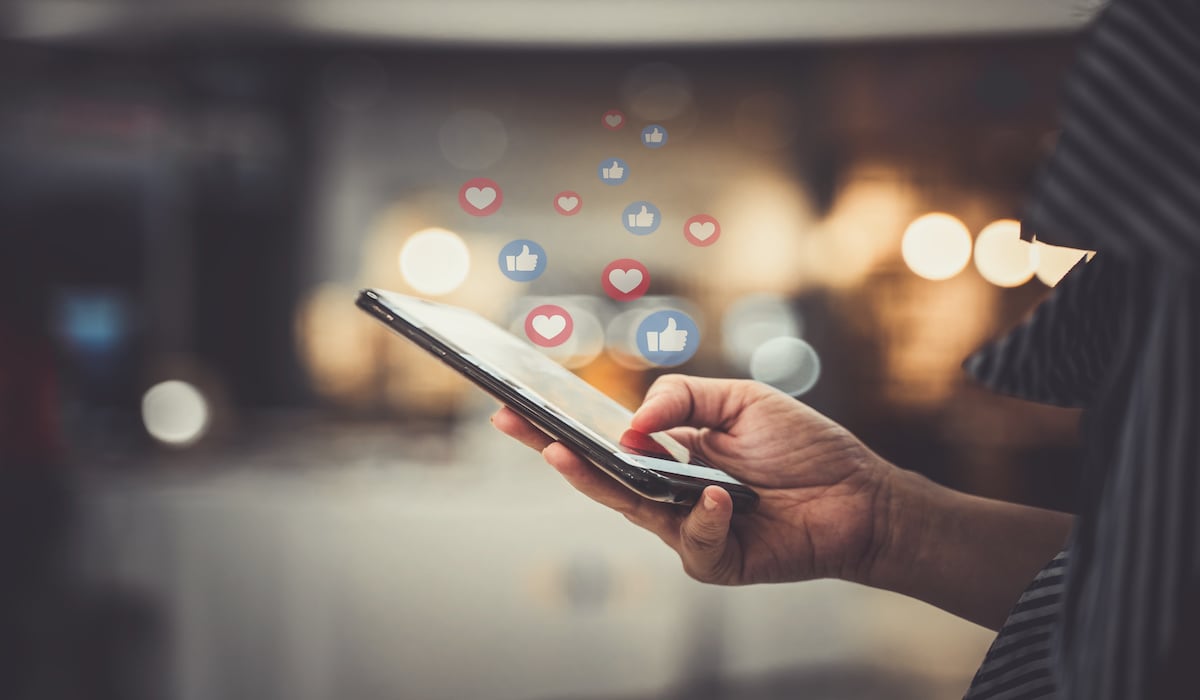10 ChatGPT Uses for Business to Enhance Productivity and Growth
Artificial Intelligence (AI) is on the rise, and ChatGPT is one of the products of this innovative technology that’s been gaining significant attention over the past few months. In a survey conducted by ResumeBuilder, 49% of companies already use ChatGPT, and 30% plan to use the technology in the future.
ChatGPT has helped employees and individuals complete their tasks faster and boost productivity. Businesses and employees use the technology to assist in many different tasks, such as managing customer service questions, writing codes, and composing emails. However, the tool can do more, and most small businesses don’t know how to maximise this chatbot to drive growth and efficiency.
Fortunately, business tools like Podium have developed AI-powered solutions to improve workflows and help businesses grow. Through these tools, businesses can make the most of AI.
What is ChatGPT for business?
Developed by OpenAI, Chat Generative Pre-trained Transformer (ChatGPT) is a generative AI chatbot that uses machine learning, Natural Language Processing (NLP), and Large Language Models (LLM). You can think of it as the advanced version of a chatbot you can find on websites that answer customer queries. It is trained in more diverse datasets so it can generate unique responses to any written prompt.
If you learn how to leverage this tool, it can help your small business stay ahead of the competition. You’ll be able to create marketing strategies and sales proposals, do market research, and resolve simple customer queries in minutes.
10 Effective Ways to Use ChatGPT for Business
1. Customer Support and Service

You can integrate ChatGPT into your customer service workflows to improve and streamline the customer support process. The platform can understand and respond in various languages, such as English, French, Spanish, and German. So you can use it to offer multilingual support to a diverse customer base. In addition, the use of chatbots can reduce wait times for customers.
You can also make customer communication easier and even faster with Podium Inbox. The faster your customer gets answers and assistance, the more likely they are to be satisfied with your service.
2. Content Creation
Content creation is one of the most common ChatGPT uses. The platform can assist with topic generation and brainstorming and generate different types of content. From compelling webpage content or blog articles for your HVAC and plumbing business to product descriptions for your jewellery business, you can use ChatGPT to help you create engaging and high-quality content.
But remember that a chatbot cannot get all facts right. Therefore, it is best to employ a human editor to proofread and fact-check the copy the bot generates.
3. Employee Training and Onboarding
Small businesses can also use ChatGPT to improve employee training programs. You can integrate the chatbot into your training platforms to generate contextually relevant instructional content, such as tutorials and quizzes. You can also use it to answer trainee’s questions instantly.
4. Automated Scheduling

Scheduling is a time-consuming, repetitive task you can automate using ChatGPT. Integrate the platform with collaboration and communication apps your business uses, like Microsoft Teams, to automate scheduling. You can also use the chatbot to create weekly or monthly schedules and task lists for your teams.
5. Summary and Outline Writing
ChatGPT can also summarise long articles, books, and research papers. With the right prompt, you can get a helpful summary of whatever you’re researching. This can help you save time and effort.
Meanwhile, if you’re writing long-form blogs, let’s say a 3000-word article about how to deal with leaking pipes, you can use ChatGPT to create an outline. Aside from helping you save time, this also helps ensure you cover topics thoroughly.
6. Responsive Chatbots
ChatGPT also comes with an API, allowing you to integrate it into your website, workflow, or app. By integrating a chatbot into your website, anyone who does not find the information they are looking for on the site can simply send a message to the bot. They can get the response to commonly asked questions, no matter the time of day.
If you want a chatbot specifically designed to improve communication, Podium webchat may be what you need. What’s unique about this Webchat is that it can take conversation to text, making it ideal for those running text marketing campaigns.
ChatGPT’s language model capabilities can help small businesses improve email management. It can assist in drafting and editing email responses, ensuring they are professional and polished. Podium’s AI assistant does the same, but the tool has additional functionalities. It can pull email leads from various reputable sites and send a pre-approved auto response to them in under two minutes.
8. Market Research
ChatGPT can also be useful in market research. It can help you gather publicly available data about your competitors so you can determine their strengths and weaknesses. You can also ask it for insights into your target market’s demographics. It can also give you recommendations and suggestions to leverage untapped market opportunities.
9. Data Analysis and Reporting

ChatGPT’s understanding of human language and ability to generate contextually appropriate and coherent responses enables it to offer support in several ways. Assisting in data analysis and reporting are just some of them. You can use it to generate ideas for insightful charts and graphs, analyse vast datasets, and get summary statistics on your datasets.
10. Social Media Management

Social media management involves making relevant social media posts regularly. You can use ChatGPT to automate some processes of this digital marketing, like creating the best caption for the photos of your team building, a holiday offer, or whatever you want to share on your social media account.
The capabilities of ChatGPT go beyond what’s on this list. And its functionalities and use cases may further expand as its developer continues to update the solution.
Benefits of Using ChatGPT for Business
If you’re still on the fence about using ChatGPT for business, consider these benefits:
1. Improved Customer Experience
For 90% of your customers, providing an immediate response to their questions is crucial. And over 70% of consumers aged 16 and 24 believe that fast customer service response times can drastically improve their customer experience. By using ChatGPT, it’s possible to generate responses to customer inquiries within minutes or even less. The faster your response times, the better their experience will be.
2. Cost-effective Automation
ChatGPT offers a free version, a plus plan, and an enterprise plan. If you want to do more than generate content using the platform, you’ll likely need the GPT-4, which is accessible through their Plus and Enterprise plans. The Plus plan costs $20 per month, while the enterprise plan is quote-based. Aside from access to GPT-4, the Plus plan also includes plug-ins and other features. These pricing models allow even a startup to access the solution.
3. Scalability and 24/7 Availability
Your customers may reach out to you anytime, and most of them expect a response within 10 minutes. By integrating ChatGPT with your website, your potential, and existing customers can now get help and find answers to their questions in real-time round-the-clock.
4. Data-Driven Insights
Data-driven businesses are 23 times more likely to get customers, six times more likely to keep their existing customers, and 19 times more likely to earn more money. ChatGPT can assist you in becoming a more data-driven organisation by generating insights into whatever data your business needs, like your customer’s demographics.
















